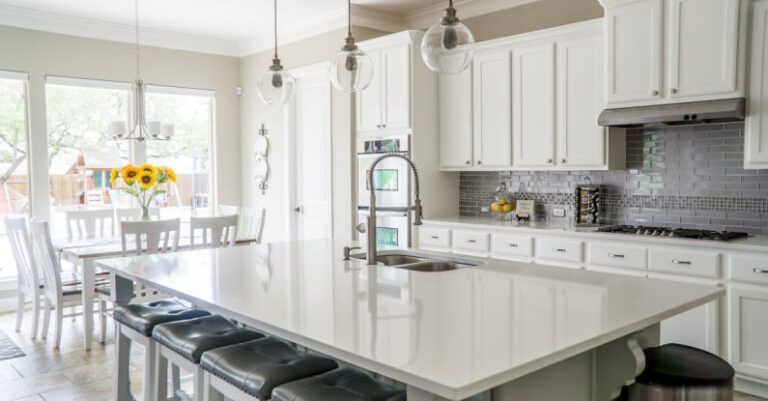How Can I Enhance Indoor Air Quality with Home Upgrades?
Breathing clean and fresh air is essential for maintaining a healthy and comfortable living environment. However, many homes are plagued by poor indoor air quality due to various factors such as dust, allergens, and pollutants. Fortunately, there are several home upgrades you can implement to enhance the air quality in your home. By making simple changes and upgrades, you can create a healthier and more pleasant living space for you and your family.
**Upgrade Your HVAC System**
The first step in improving indoor air quality is to upgrade your HVAC system. A well-maintained and efficient HVAC system can help filter out pollutants and allergens from the air, ensuring that you are breathing clean and fresh air. Consider installing a high-efficiency air filter or a whole-house air purifier to remove dust, pet dander, and other airborne particles. Regular maintenance of your HVAC system, including cleaning or replacing filters, can also help improve air quality.
**Increase Ventilation**
Proper ventilation is crucial for maintaining good indoor air quality. Opening windows and doors to allow fresh air to circulate can help reduce indoor pollutants and improve air quality. Consider installing exhaust fans in areas prone to moisture, such as the kitchen and bathroom, to remove excess humidity and prevent mold growth. Additionally, using a dehumidifier can help maintain optimal humidity levels and prevent the buildup of mold and mildew.
**Eliminate Indoor Pollutants**
Indoor pollutants such as cigarette smoke, cleaning products, and volatile organic compounds (VOCs) can contribute to poor indoor air quality. To enhance air quality, switch to natural cleaning products or those labeled as low-VOC. Avoid smoking indoors and create designated smoking areas outside the home. Consider adding houseplants known for their air-purifying properties, such as spider plants or peace lilies, to help remove toxins from the air.
**Reduce Dust and Allergens**
Dust and allergens can accumulate in your home and worsen indoor air quality. To reduce dust and allergens, regularly vacuum carpets and rugs, dust surfaces, and wash bedding in hot water. Consider using dust mite-proof covers on pillows and mattresses to prevent allergens from accumulating. Investing in a high-quality vacuum cleaner with a HEPA filter can also help trap dust and allergens, improving indoor air quality.
**Control Humidity Levels**
Maintaining proper humidity levels in your home is essential for improving indoor air quality. High humidity can promote mold growth and worsen respiratory issues, while low humidity can lead to dry skin and respiratory irritation. Use a hygrometer to monitor humidity levels and invest in a humidifier or dehumidifier to maintain optimal levels. Aim for a humidity level between 30-50% to create a comfortable and healthy indoor environment.
**Create a Clean Entryway**
Creating a clean entryway can help prevent pollutants from entering your home and improve indoor air quality. Place doormats both inside and outside the entrance to trap dirt and debris from shoes. Encourage family members and guests to remove their shoes before entering the home to reduce the amount of outdoor pollutants brought indoors. Regularly clean and vacuum entryway mats to prevent the buildup of dirt and allergens.
**Conclusion: Enhancing Indoor Air Quality**
Improving indoor air quality is essential for creating a healthy and comfortable living environment. By upgrading your HVAC system, increasing ventilation, eliminating indoor pollutants, reducing dust and allergens, controlling humidity levels, and creating a clean entryway, you can enhance the air quality in your home. These simple home upgrades can help you breathe easier and enjoy a cleaner and fresher living space. Prioritize indoor air quality with these upgrades to promote better health and well-being for you and your family.






